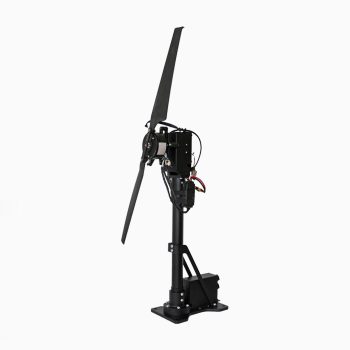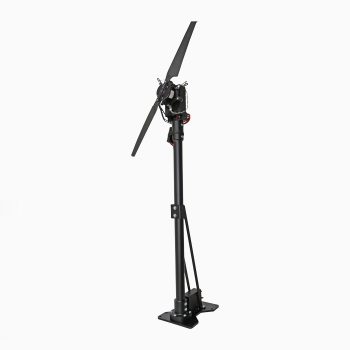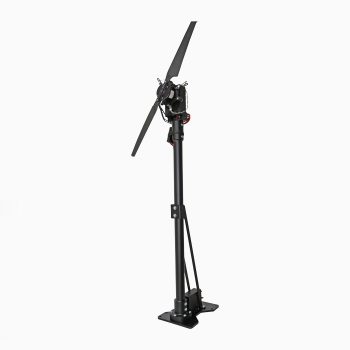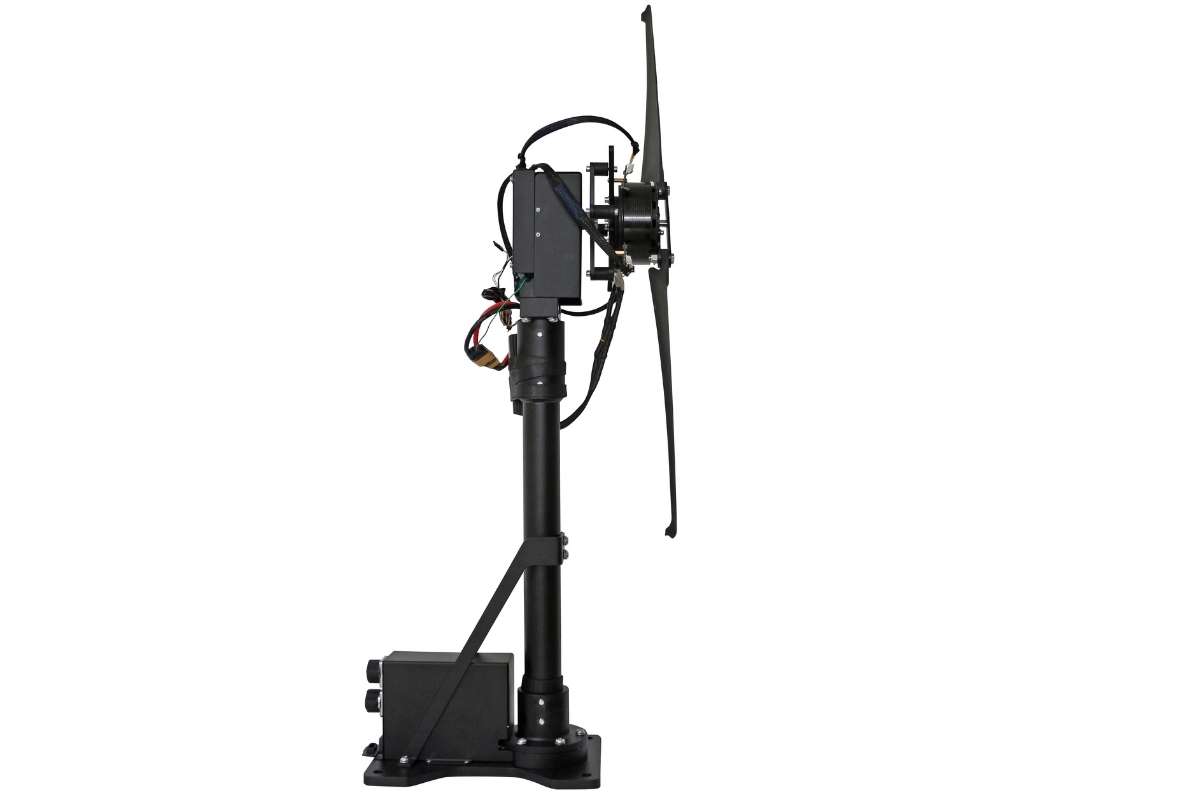Test stands play a crucial role in evaluating and enhancing the efficiency of drones. These dedicated platforms provide controlled environments where various aspects of drone performance can be measured accurately. By conducting systematic tests on test stands, engineers can gather valuable data on factors like power consumption, endurance, propulsion efficiency, and overall flight characteristics. This information helps manufacturers optimize drone designs, improve energy efficiency, and enhance overall performance.
Why Test Drone Performance?
Testing drone performance is essential for several reasons. Firstly, it ensures that drones meet the required standards and specifications set by regulatory bodies. Compliance with these standards ensures the safety and reliability of drones. Secondly, performance testing allows manufacturers to validate their design choices and identify areas for improvement. By evaluating performance metrics such as speed, maneuverability, payload capacity, and stability, manufacturers can fine-tune their drones for specific applications. Additionally, performance testing provides valuable data for comparison, benchmarking, and customer satisfaction.
Why Test Stands are Important for Drone Efficiency Testing?
Test stands are indispensable for drone efficiency testing due to their controlled and reproducible nature. These platforms provide a stable environment where drones can be evaluated under consistent conditions, eliminating external variables that may affect performance. Test stands enable engineers to measure critical parameters such as thrust, torque, power consumption, and flight duration accurately. By isolating and quantifying these variables, manufacturers can identify inefficiencies, optimize drone components, and enhance overall efficiency.
How Test Stands Measure Drone Performance?
Test stands employ various measurement techniques to evaluate drone performance. One commonly used method is thrust testing, where the stand measures the force generated by the drone’s propulsion system. This data helps assess thrust-to-weight ratio, motor efficiency, and propeller performance. Other measurements may include power consumption, flight duration, vibration analysis, noise levels, and flight stability. Advanced test stands may also incorporate sensors and data acquisition systems to collect real-time data, enabling detailed analysis and performance optimization.
Test Stand Maintenance and Calibration for Accurate Results:
To ensure accurate and reliable results, test stands require regular maintenance and calibration. Proper maintenance includes cleaning, lubricating, and inspecting the test stand components to prevent wear and ensure consistent performance. Calibration involves verifying and adjusting measurement devices to maintain accuracy. This calibration process should be performed periodically, following standardized procedures and using traceable calibration references. By adhering to maintenance and calibration protocols, test stand operators can ensure the validity and repeatability of their test results.
Comparison of Test Stand Results with Real-World Flight Data:
When comparing test stand results with real-world flight data, it’s important to consider several factors. Test stands provide controlled environments that may differ from the complex and dynamic conditions encountered during actual flights. External factors like wind, temperature, and altitude variations can significantly influence drone performance in real-world scenarios. Additionally, factors such as payload, battery degradation, and flight maneuvers may not be fully replicated on test stands. Therefore, while test stands offer valuable insights and performance indicators, direct comparisons with real-world flight data should be interpreted cautiously, understanding the inherent differences between controlled and actual operational environments.





